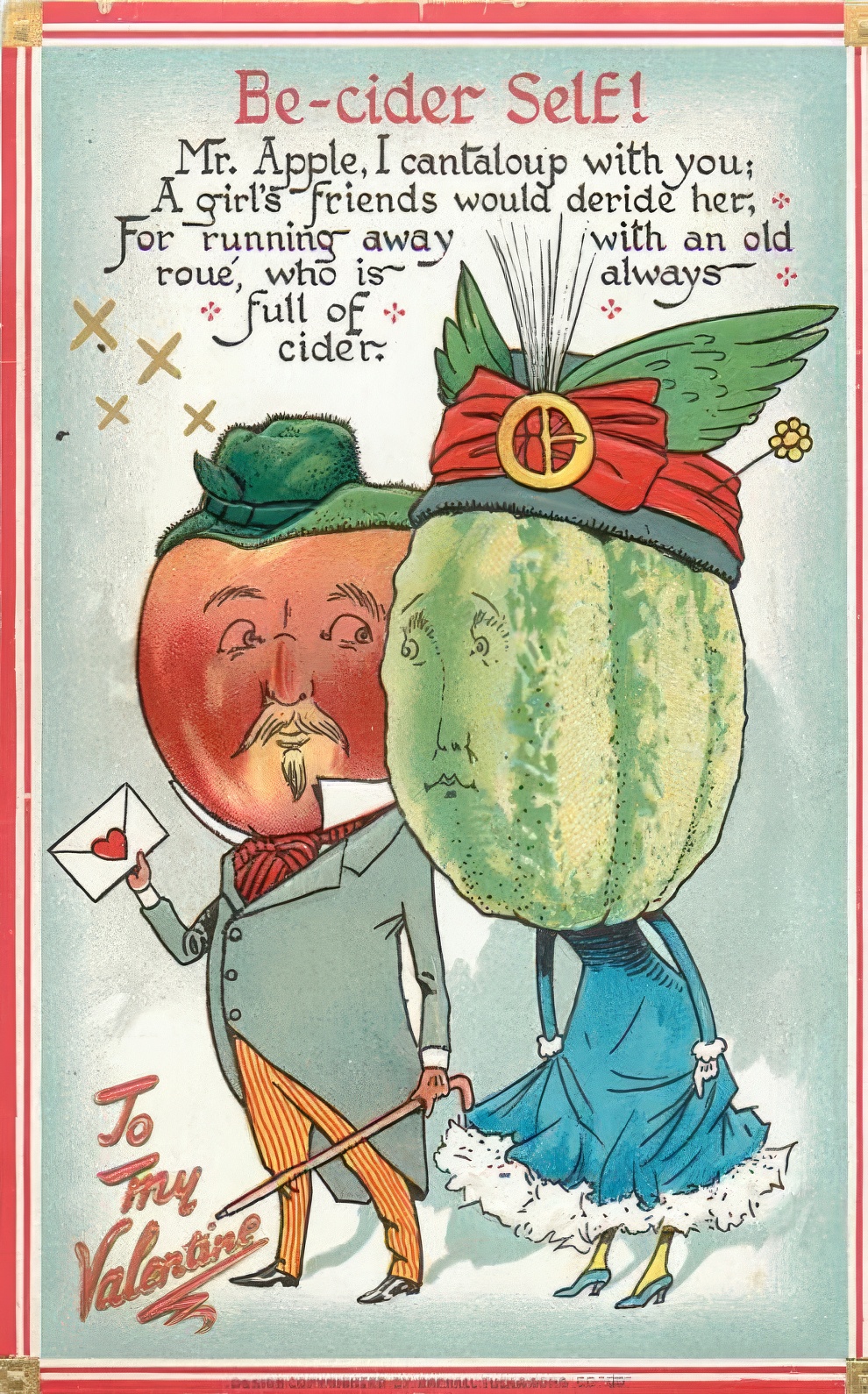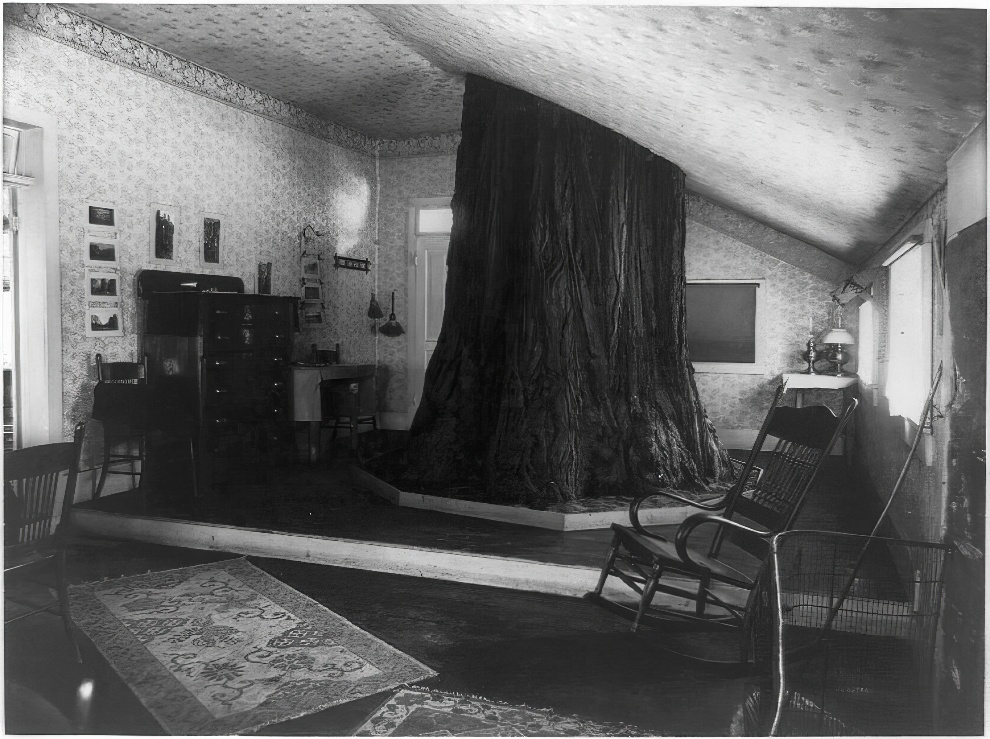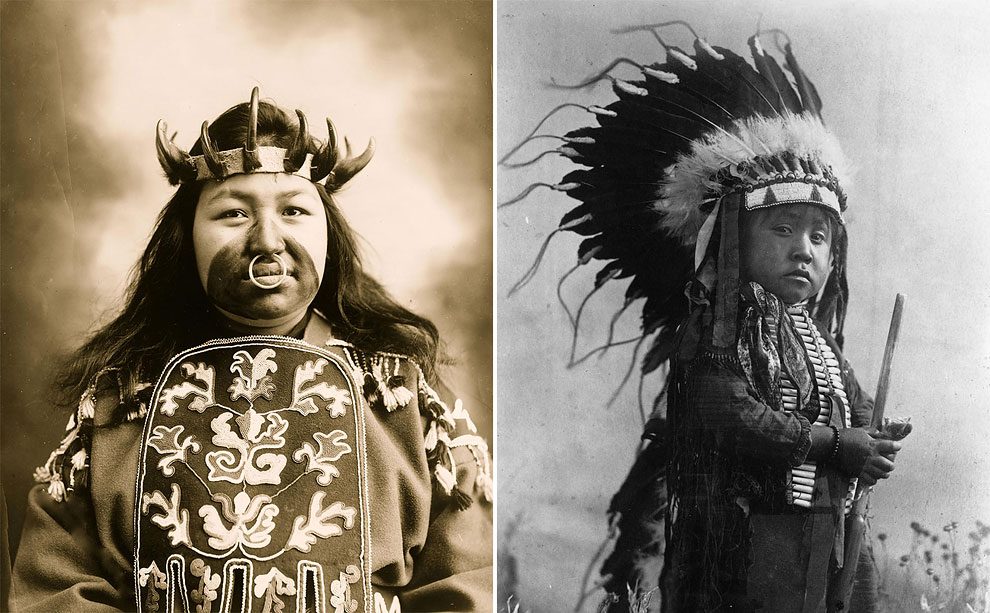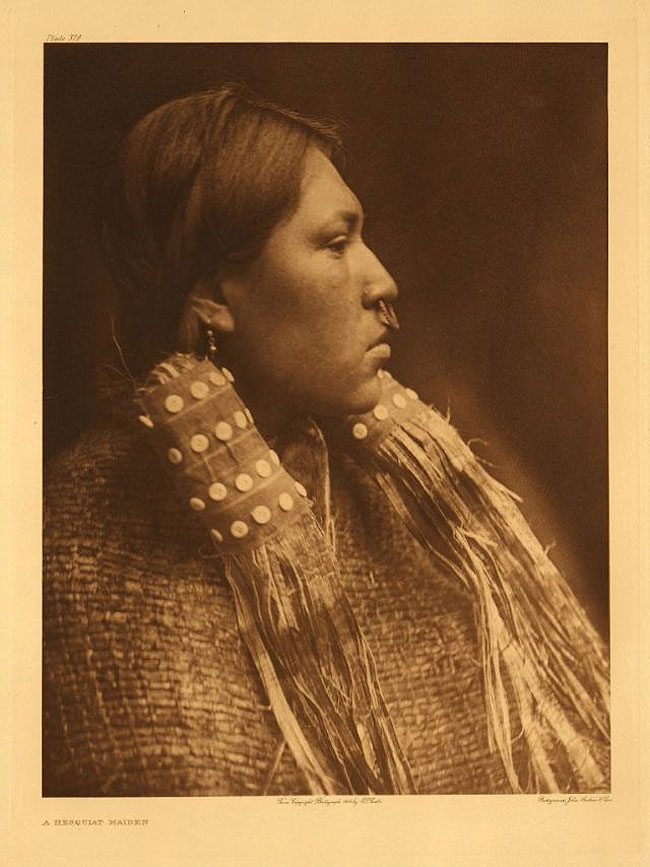Amazing Vintage Portraits From History of the Indian Tribes of North America
The DeGolyer Library at Southern Methodist University houses the renowned multi-volume work History of the Indian Tribes of North America. Continue reading »
Adorable And Heartwarming Illustrations By Martina Brancato To Brighten Your Day
Martina Brancato, a talented illustrator hailing from Sicily, Italy, infuses her creations with a vibrant sense of warmth, color, and enchantment. Drawing deeply from the rich landscapes and spirited culture of her native island, she conjures whimsical characters and gentle narratives that dance between the playful and the dreamlike. Continue reading »
To My Valentine: George Willard Bonte’s Tuck Postcards From the Early 20th Century
George Willard Bonte, a native of Cincinnati, Ohio, was an author, artist, poet, cartoonist, and political consultant who found solace in the unusual. Continue reading »
One of the Rooms in the Oldest Hotel in Yosemite Once Housed a Huge Relic Tree: the Hotel is Gone, but the Tree is Still Standing
James Mason Hutchings, 28, moved to America from England in 1848. He came to California in the early gold rush, young and ambitious. Continue reading »
Fantastic Photographs Of Native Americans In Ceremonial Masks, 1905-1915
Haschogan (House God) – The Yebichai Hunchback. Photograph shows a Navajo man, half-length, seated, facing front, wearing a ceremonial mask with feathers and with fir or spruce branches forming a wreath around the shoulders.

Edward Curtis’ epic portraits of Native Americans are a joy. And so too are his pictures of North America’s indigenous peoples dressed in ceremonial masks. Continue reading »
Rare Vintage Photos Of Dwellers Of The Russian North Over A Century Ago
The author of this unique photo collection is a Russian photo artist Nikolay A. Shabunin (1866-1907) who dedicated all his life to the ethnography of his native region – the Mezen country and its outskirts. Continue reading »
Australian Native Wildlife: The National Geographic Photographer Creates A Photo Archive Of Biodiversity Around The World.
The National Geographic Photo Ark is a travelling exhibition of photographer Joel Sartore’s quest to create a photo archive of biodiversity around the world. So far, Sartore has captured studio portraits of more than 6,000 species – a number that he hopes to double.
On 1 July, the ark will open at Melbourne zoo – the first time it has been exhibited in the southern hemisphere. More than 50 portraits will be on display, including many of Australian endangered animals being protected by programs at the zoo itself. These captions have been edited from text supplied by Melbourne zoo.
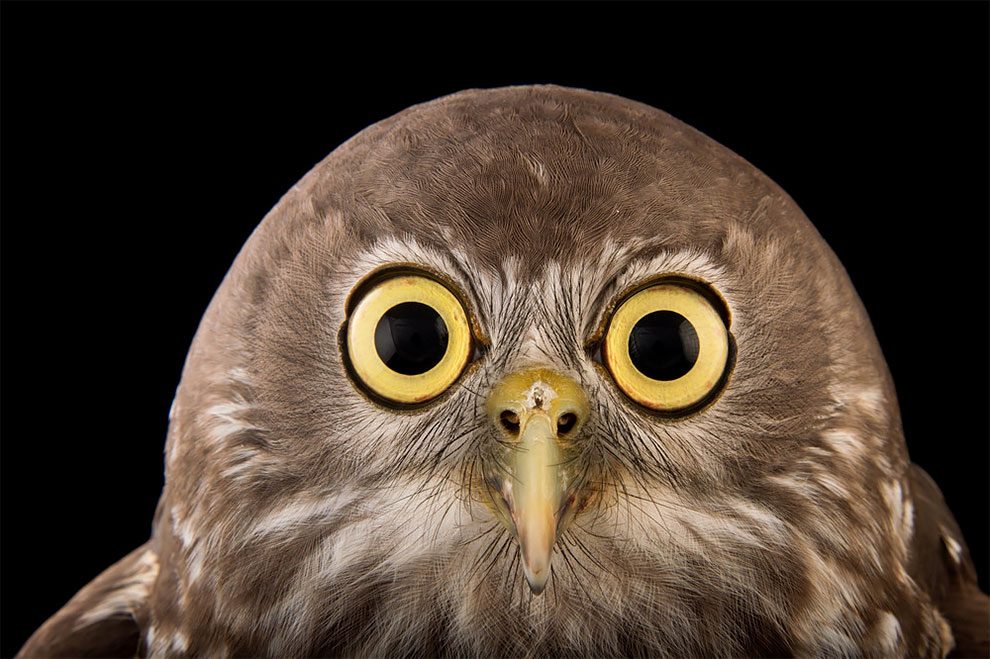
Joel Sartore/National Geographic Photo Ark/The Guardian
Barking owl. So-named because its call sounds like a barking dog, these birds are native to Australia, Indonesia and Papua New Guinea. In Victoria they are listed as an endangered species, and in 2003 there were estimated to be fewer than 50 breeding pairs.The main threat to the species in Victoria is loss of habitat, especially large trees with hollows in which they can nest and on which many of their prey depend. Apart from a bark, they may utter a chilling scream when they feel threatened. Continue reading »
Rare Photos Capture Native Americans In Early 1900s
Early portrait photographs of Native Americans, similar to those presented below, reflect a widespread public interest in Indian life during the 1900s. In the mid-nineteenth century, the popular ‘carte de visite’ photograph introduced the faces of prominent public figures into homes across America. Easily mass-produced, uniformly sized, and cheaper to purchase than early cased photographs, these portraits were collected, in part, as a record of current political and social events and of the people who drove them. These striking images of Native Americans depict the changing ways in which photographers portrayed native subjects during the latter half of the nineteenth century and the beginning of the twentieth. These images are attempts by photographers to document what they saw as the fading of Native American cultures and traditions, to illustrate periods of conflict between the U.S. government and the tribes, and, by the twentieth century, to evoke political sympathy for the cause of the “vanishing race.” Continue reading »
Haunting And Beautiful Portraits Of Native American Peoples From The Early 20th Century
Edward S.Curtis is an American hero who created one of the most enduring and iconic visual records in the history of the photographic medium, a record that has informed our vision of who we are and where we came from. The images he created during his extraordinary, thirty-year odyssey have touched viewers throughout the world. Today he is believed to be the world’s most widely collected and exhibited fine art photographer. Continue reading »
Native Americans

The America we lost.
All of these photos were taken by a group of photographers, from 1939 to 1945. Continue reading »


